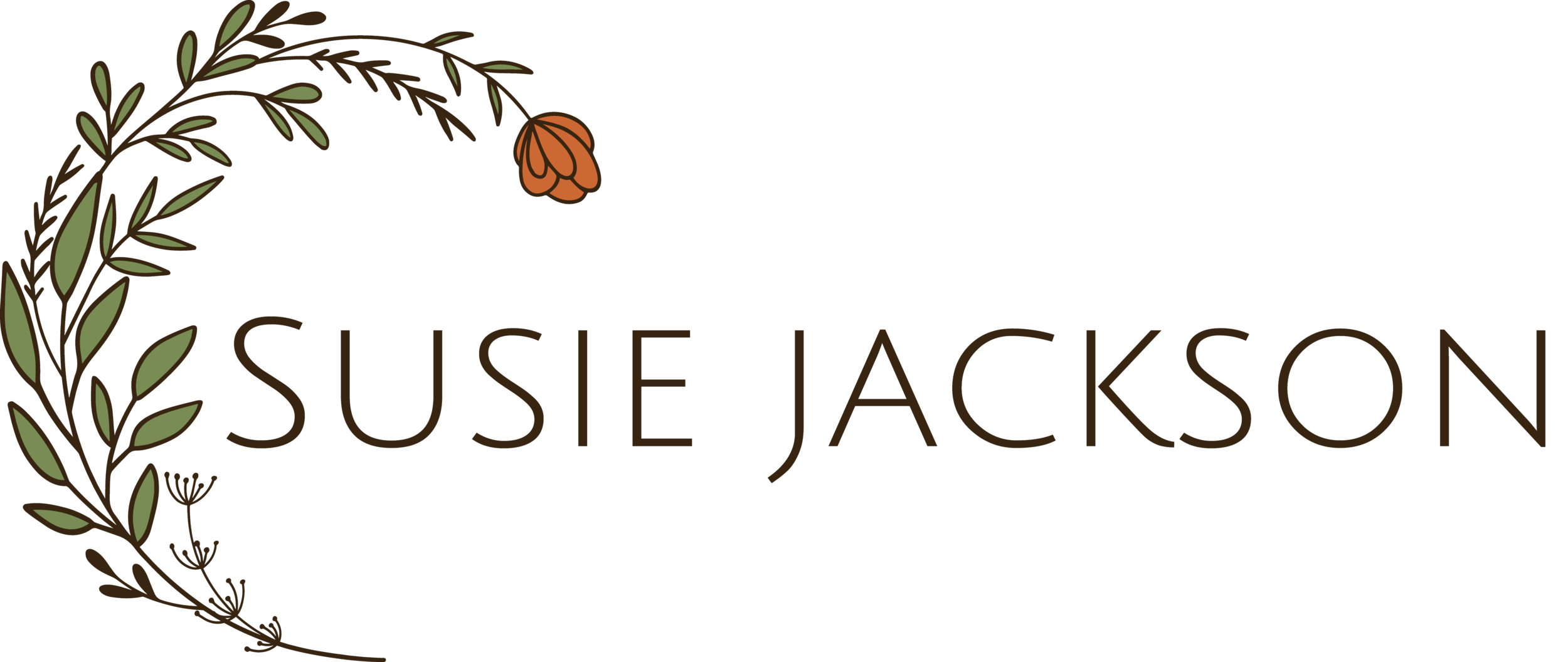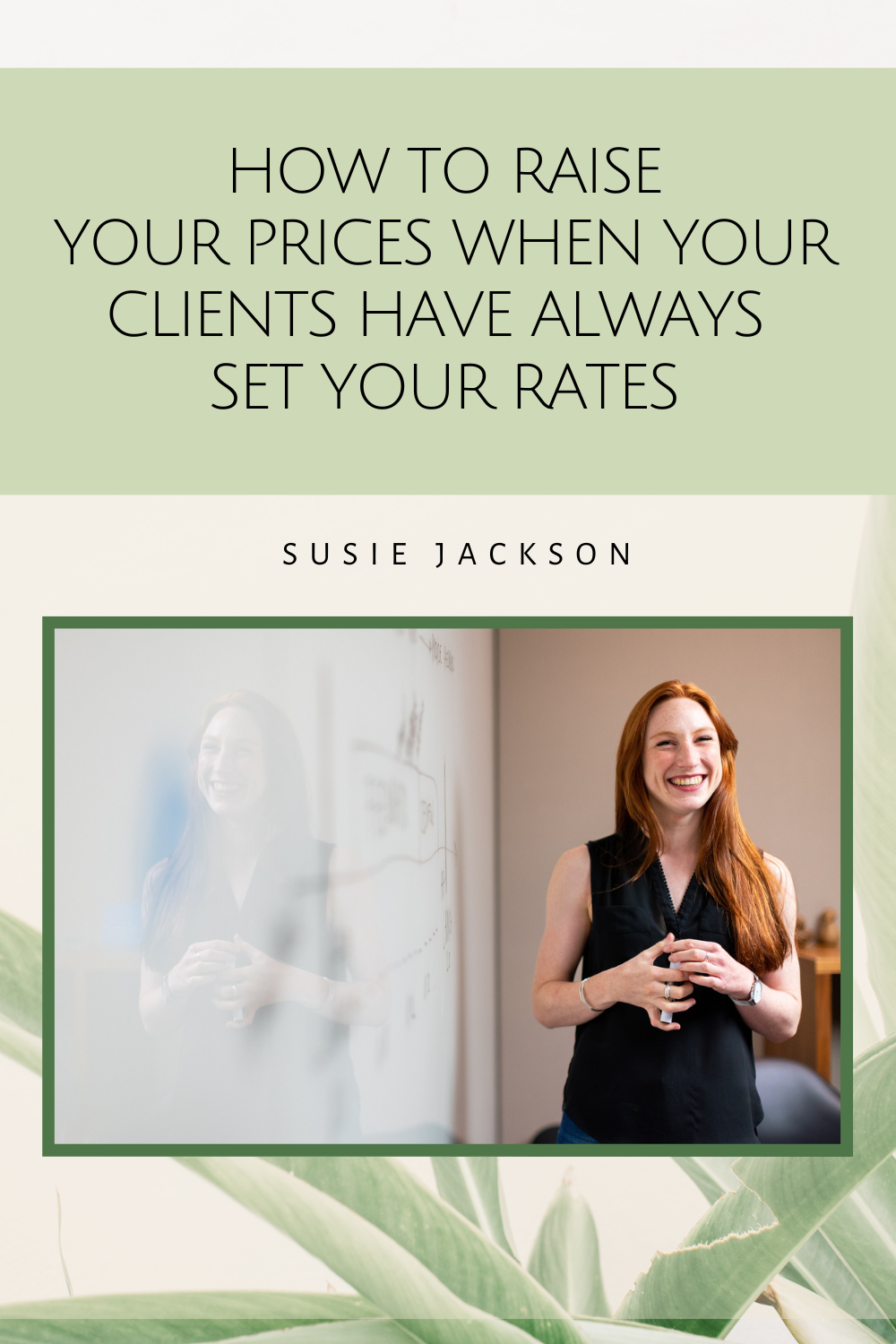How to Price Your Services as a Freelancer When Starting Out
As a newbie freelancer, it can be really difficult to know how to price your services. Should you look at what others in your industry are charging and set your rates at a similar level? Or should you consider pricing your services lower than other people’s because you don’t have as much experience?
Many freelancers decide to base their rates on what their friends and colleagues are charging, but this is something I actively discourage. It's important to remember that what works for someone else won’t necessarily work for you and might not even be relevant. There are so many variables to take into account, such as client type and industry, and rates for similar services can vary widely.
In the past, I’ve spoken about why charging the same as someone else is a bad idea. Your rates need to be in line with your circumstances, not someone else’s. They need to reflect your skills and experience but also your individual expenses and the amount of time you have available to dedicate to your clients.
So, in this blog post, I’m making some suggestions to help you price your services if you’re just starting out as a freelancer.
Freelancing tips for beginners
When it comes to pricing your services, the first thing to think about is whether you’re financially dependent on your business right from the very beginning. Do you need your work to cover all your personal expenses from your rent/mortgage to your food and utility bills?
Many of us start freelancing part-time around another job, so we don't need our business to provide 100% of our income. But whether you do or not will determine how you need to go about setting your prices at the start of your freelance journey.
Pricing your services if you’re financially dependent on your freelance income
If you do need your freelance income to pay the bills from the off, you should do some groundwork to make sure you really understand the numbers you’re working with.
Ask yourself how much you need to earn from your business to make it a viable option for you, so you don’t have to walk away and find employment instead. How much money do you need to make each month so you can afford to eat, heat your home, pay the rent or mortgage and any other essential expenses you might have?
Once you’ve attached a figure to the above, try to identify what is realistic for you in terms of how much time you have available to earn that money.
One of the hardest things when starting out as a freelancer is understanding how long things will take you. This is why tracking your time is a good habit to get into from the beginning.
Many of us (even those of us with more experience!) have a tendency to overestimate how much time we’ll have available to work on paid client projects. We often forget how many other things require our time as small business owners. For example, it’s down to us to market our services, improve our skills, issue invoices and organise our admin. We can’t dedicate all our working hours to paid projects or we’ll miss out on other essential tasks.
Similarly, it’s important to avoid assuming you’ll have client work to keep you busy all the time, especially at the beginning of your freelance journey. Before you can have a full schedule, you need to find potential clients who might be interested in your services.
Once you’ve identified how many hours you’re likely to be able to spend on paid work and how much you need to be earning, you can do some calculations to figure out how much you need to charge in order to make freelancing work for you. All you have to do is divide the amount you need to be making by the number of paid hours you’ll realistically be able to work. This will give you an hourly rate that you can then also use to set prices for individual projects based on how long you think they will take you.
Pricing your services if you also have another form of income
If, on the other hand, you don’t have to rely entirely on the money you make freelancing to pay the bills, you can afford to be a bit more relaxed about the financial side of things.
Since the financial aspect is secondary, you can give yourself time to explore your market. Try to understand what sort of clients you can help and what kinds of jobs you enjoy. This way, you can make sure you’re targeting these clients and doing the work that inspires you the most.
If you don’t depend financially on your freelance income, in these circumstances, it can be a good idea to look at what others in your industry are charging for the type of services you’re offering. When you don’t need to earn a certain amount, this helps you avoid undercharging from the beginning, which can otherwise have a negative impact on your business as it develops.
If you start out too low, it can make it really hard for you to increase your prices with the same clients in the future. Just imagine leaving your part-time job to go full-time and realising that you’re not earning enough per hour from a specific client to enable you to cover your expenses. This client is more likely to agree to a higher rate if it’s a small increase rather than a huge jump.
In any case, if you do have another form of income, use the first 6-12 months to gain experience, understand what works for you, and build up time-tracking data. Besides the hours you spend on client work, here is a list of things that are useful to track when starting out as a freelancer.
Once you’ve collected all this data, you can use it to price your services. Do the calculations I mentioned above, dividing your expenses by the time you’re able to dedicate to paid projects in order to get your hourly rate. And remember, although the more data you have, the more accurate your calculations are likely to be, don’t leave it too long to complete this step! You can always adjust and refine your pricing calculations whenever it feels necessary.
When you’re starting out as a freelancer, the whole process of sending your prices to a potential client can feel overwhelming. Not only do you have to decide how much to charge, you also have to choose how to present your rates. To support you, I’ve put together two quotation templates that I hope will help you feel more confident when sharing your prices for future projects.
To access these resources free of charge, click on the button below. Both templates come with full instructions, and I hope they contain some things worth thinking about that you might not have considered before!
Hi, I’m Susie
I mentor freelancers on pricing and business finances so you can earn a decent living doing what you love.
I’m a translator, editor, chocoholic, crochet addict, animal lover, and budding gardener (get it?) who loves empowering others to achieve their goals.













